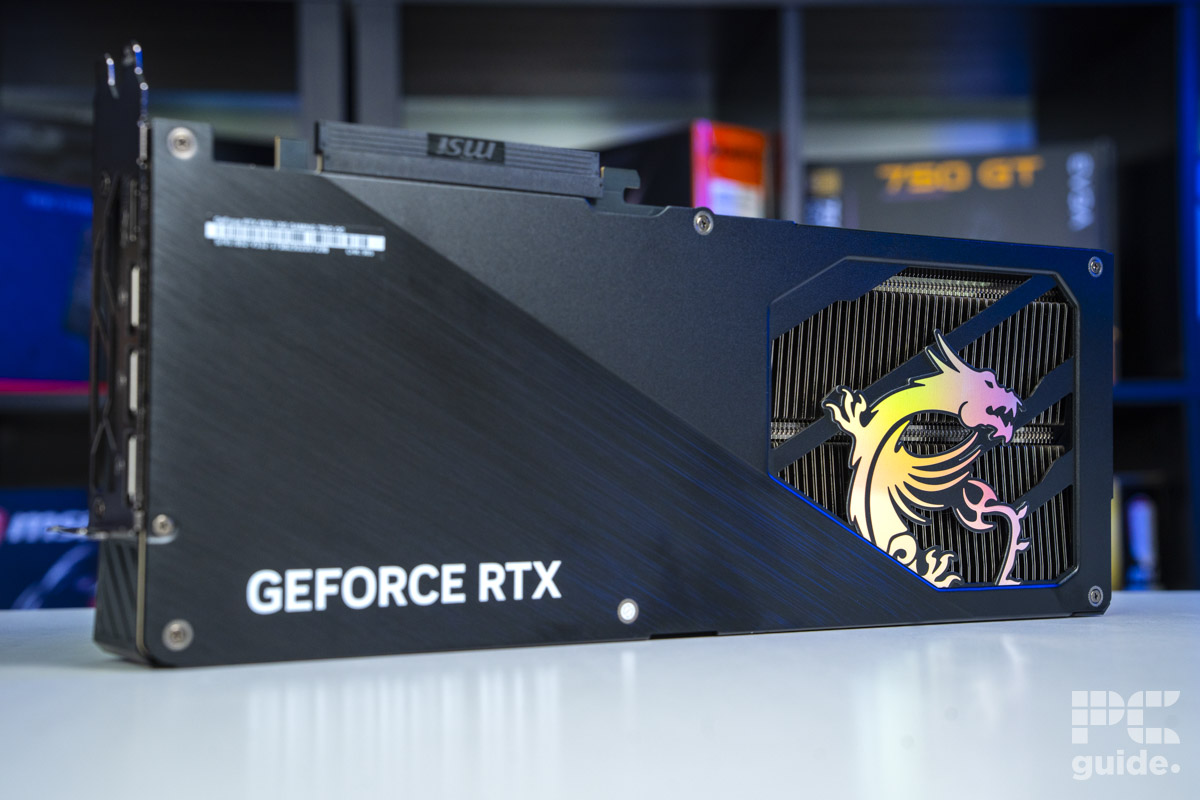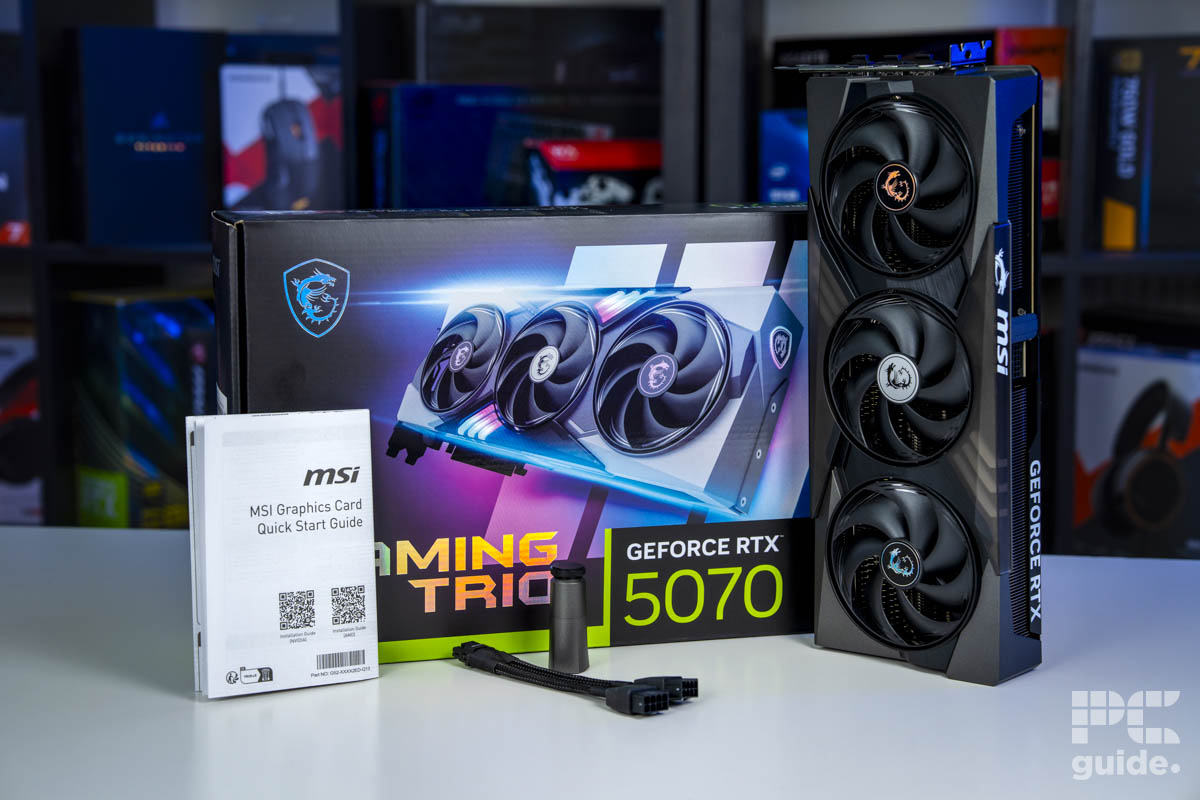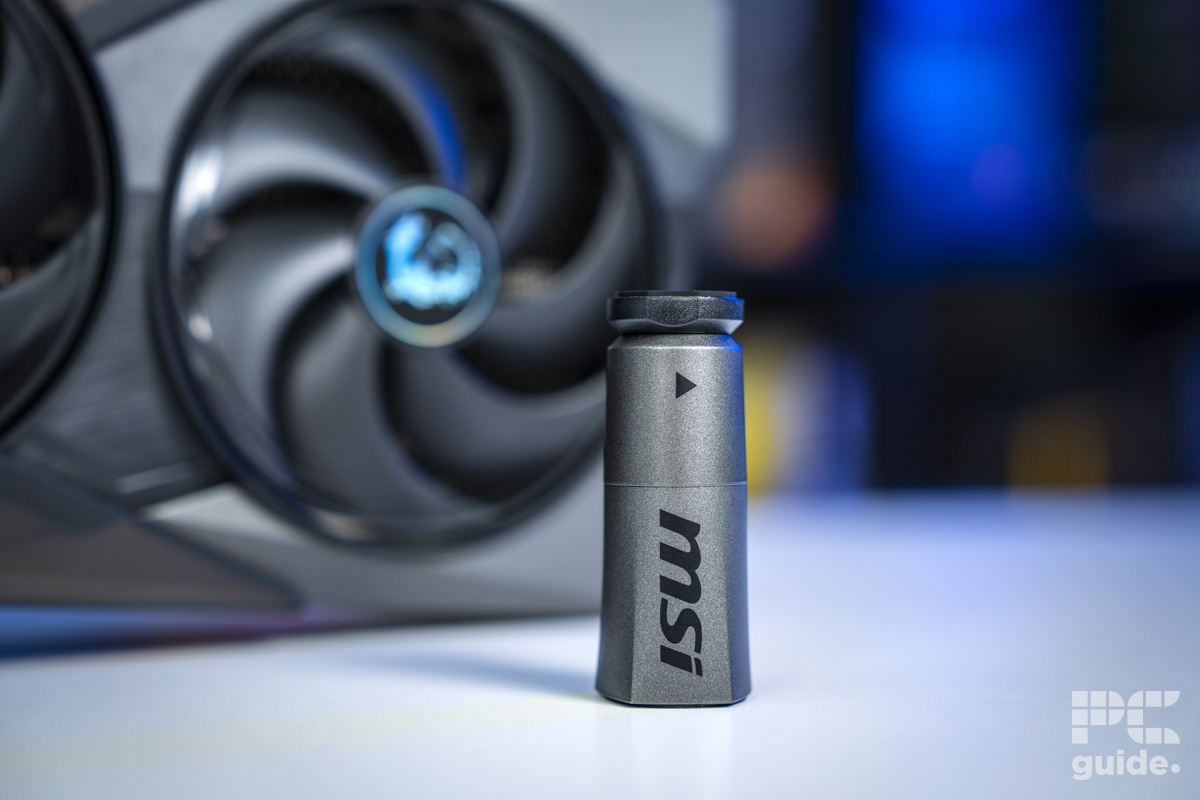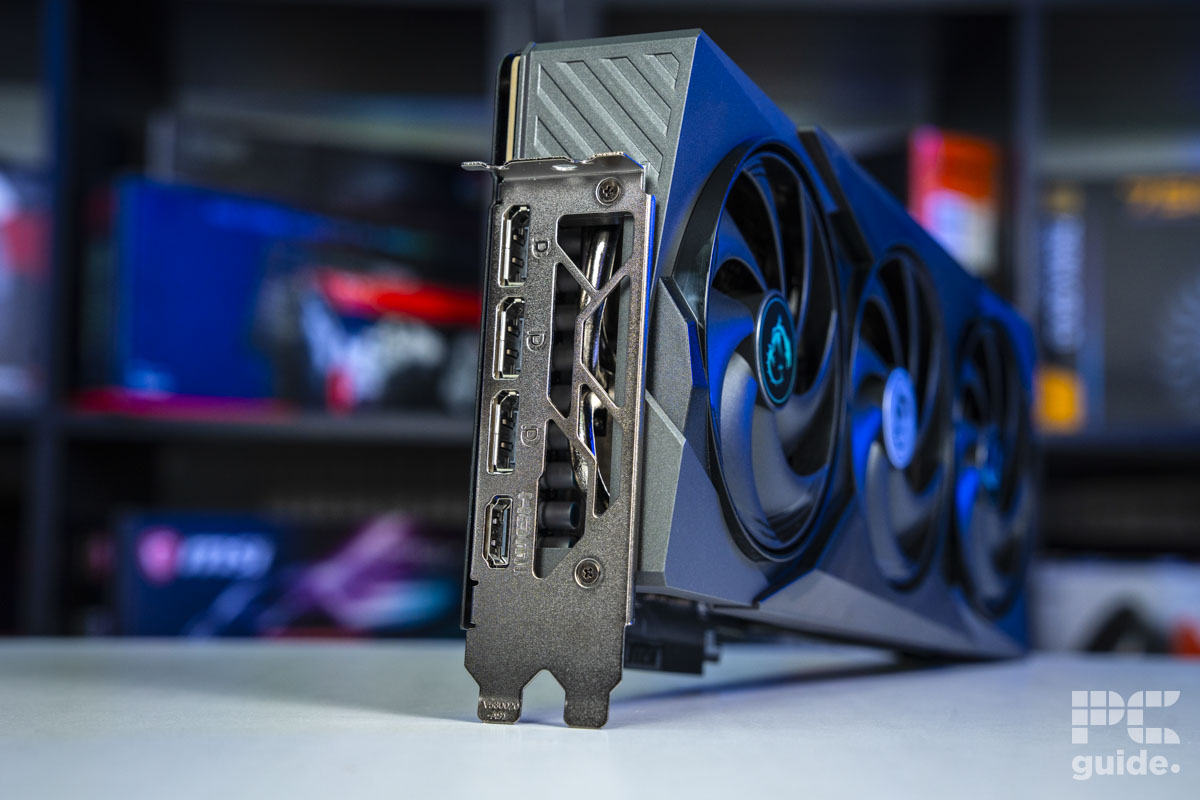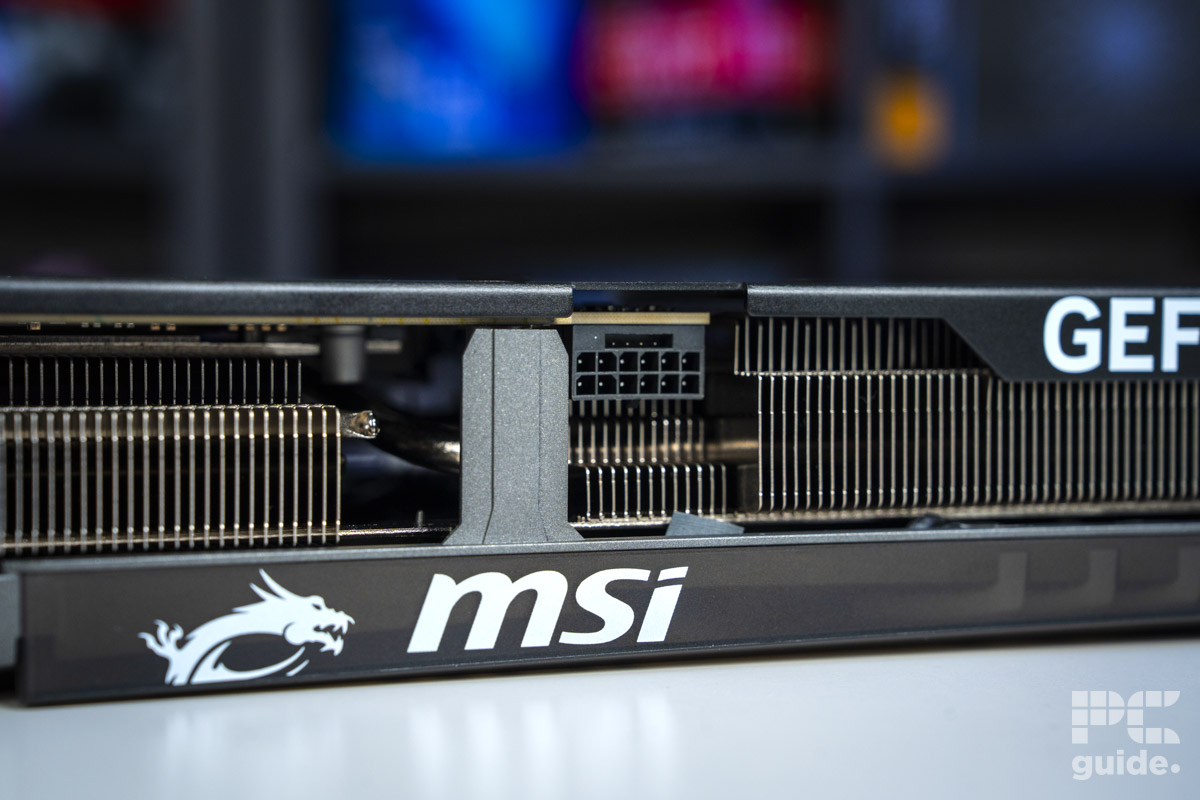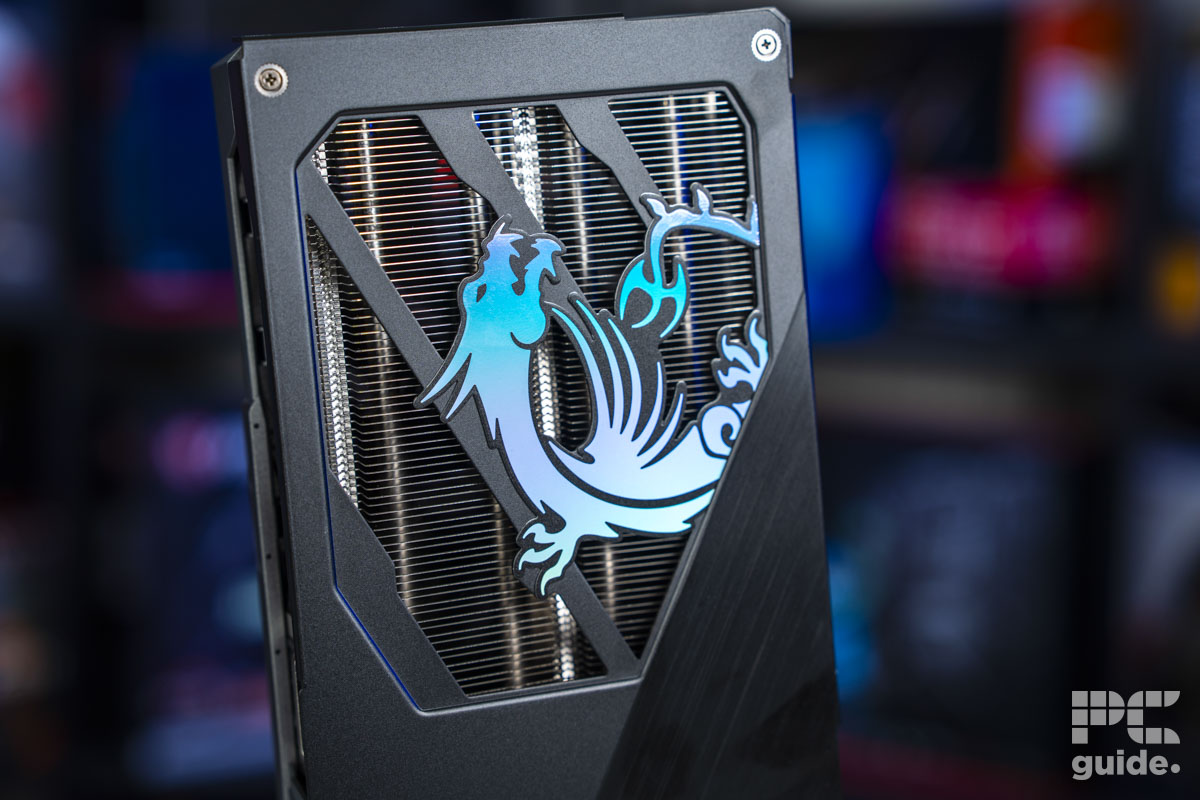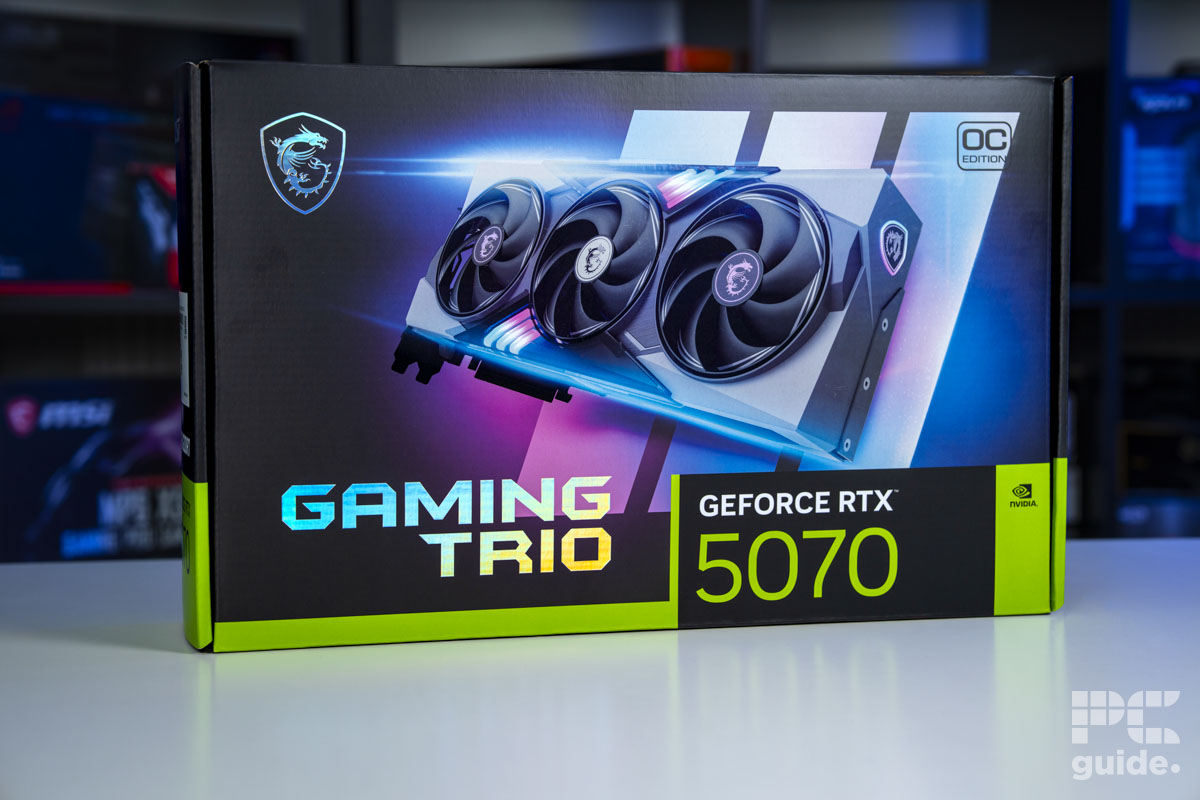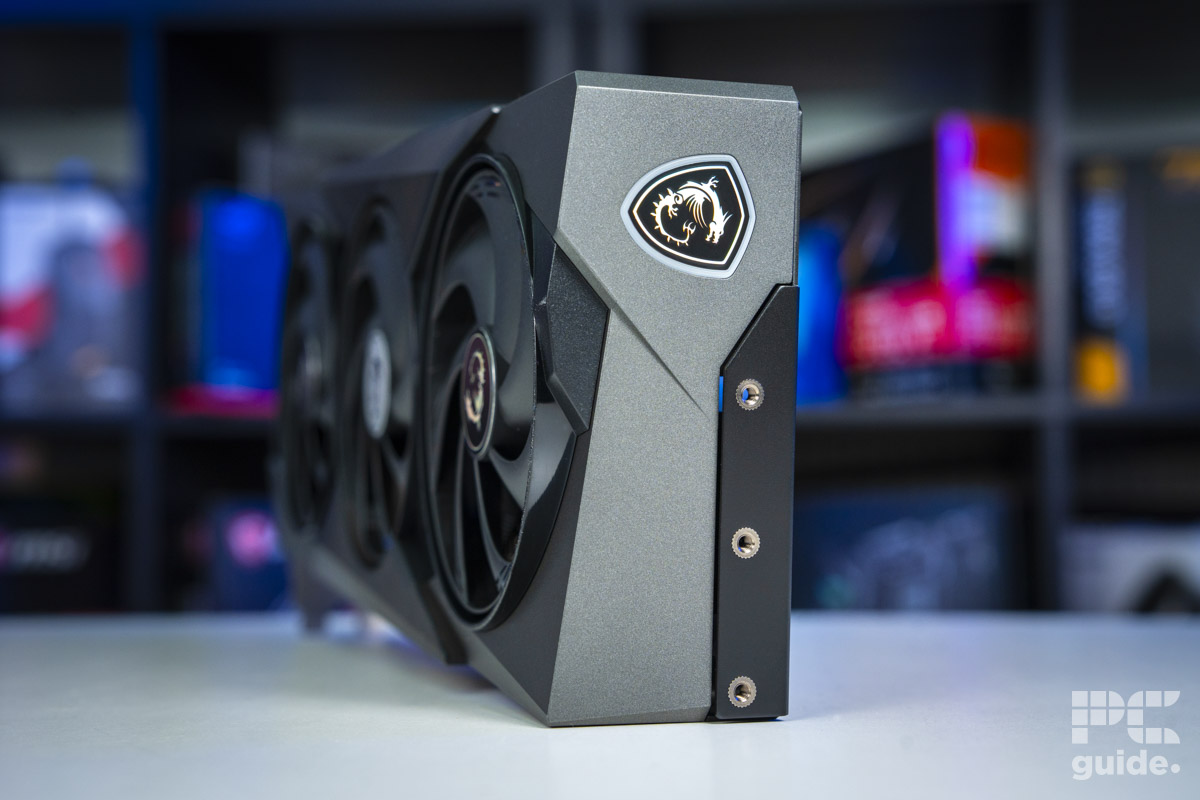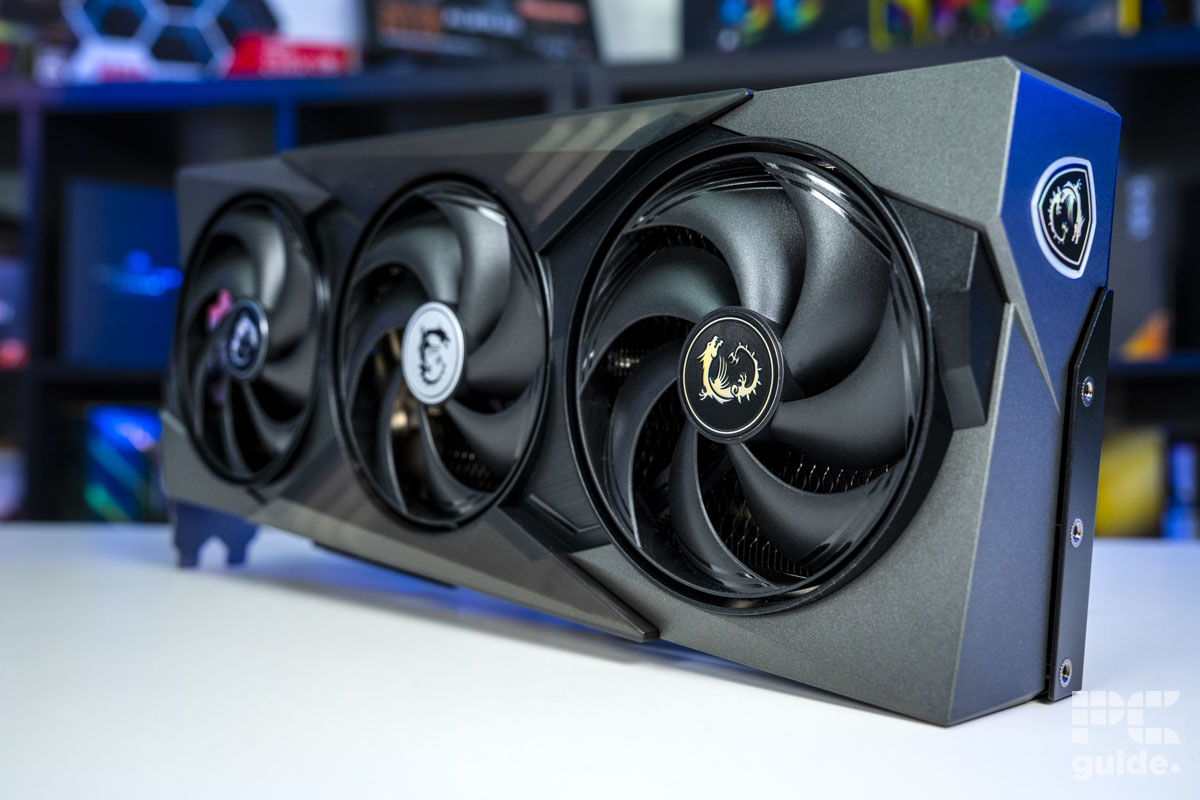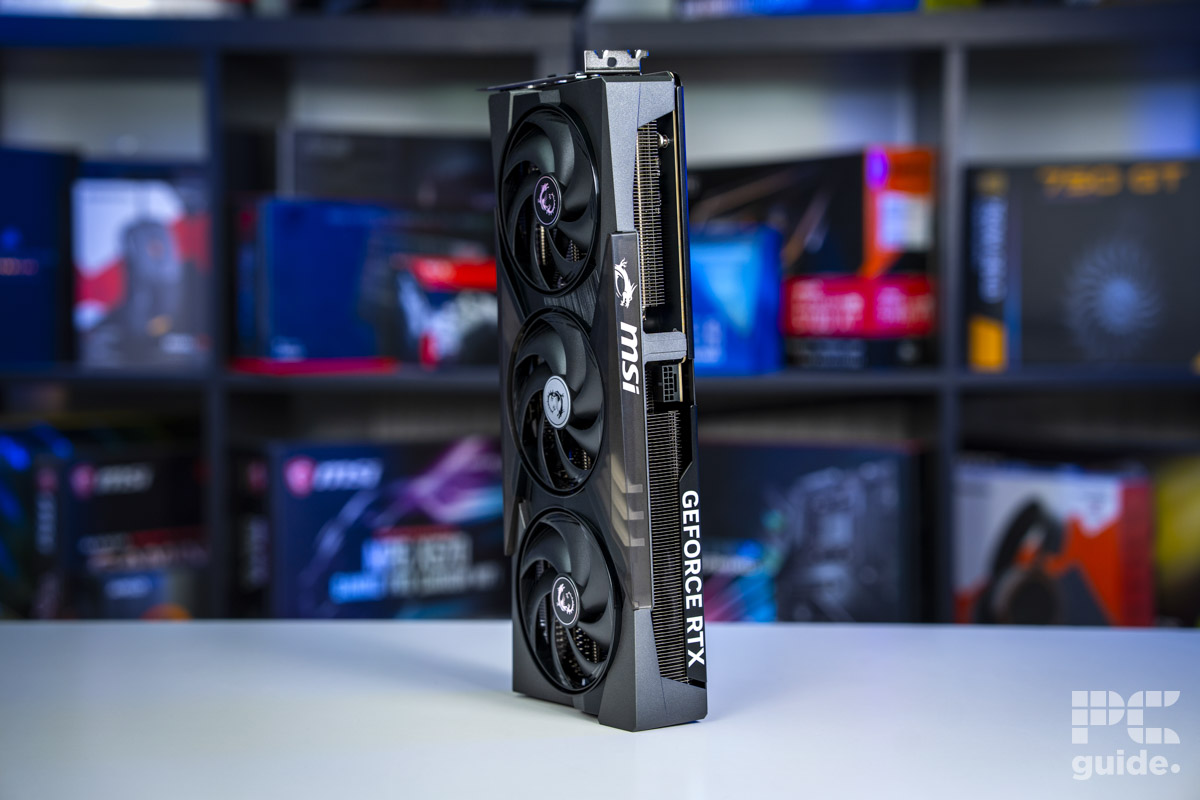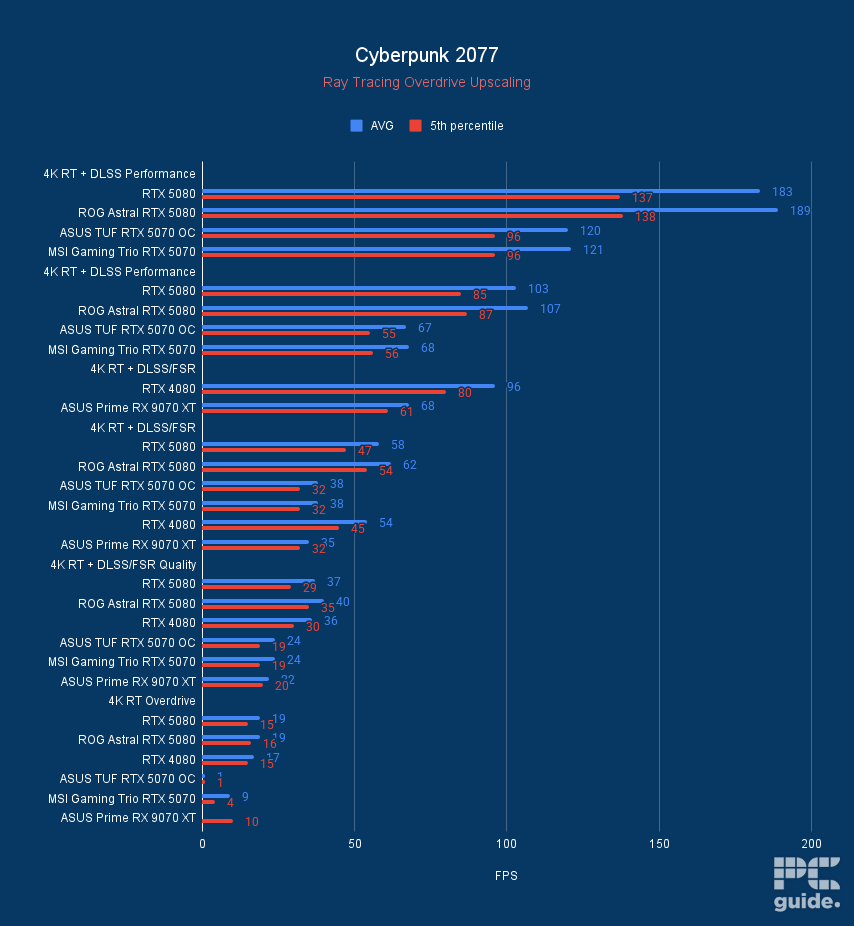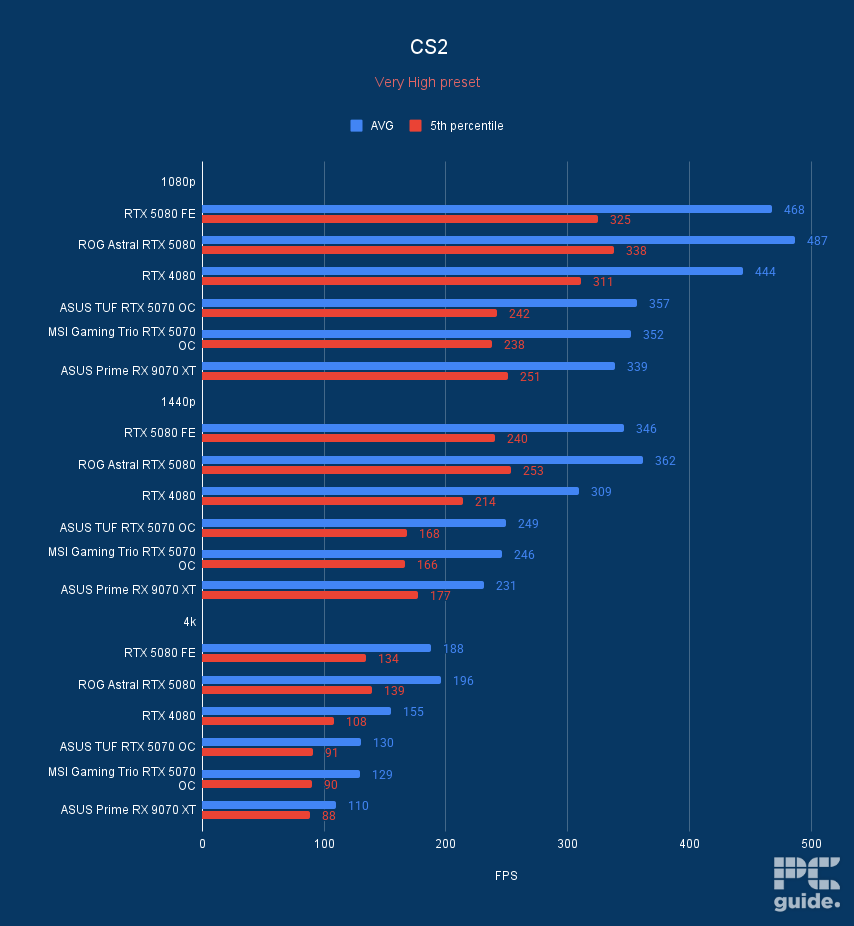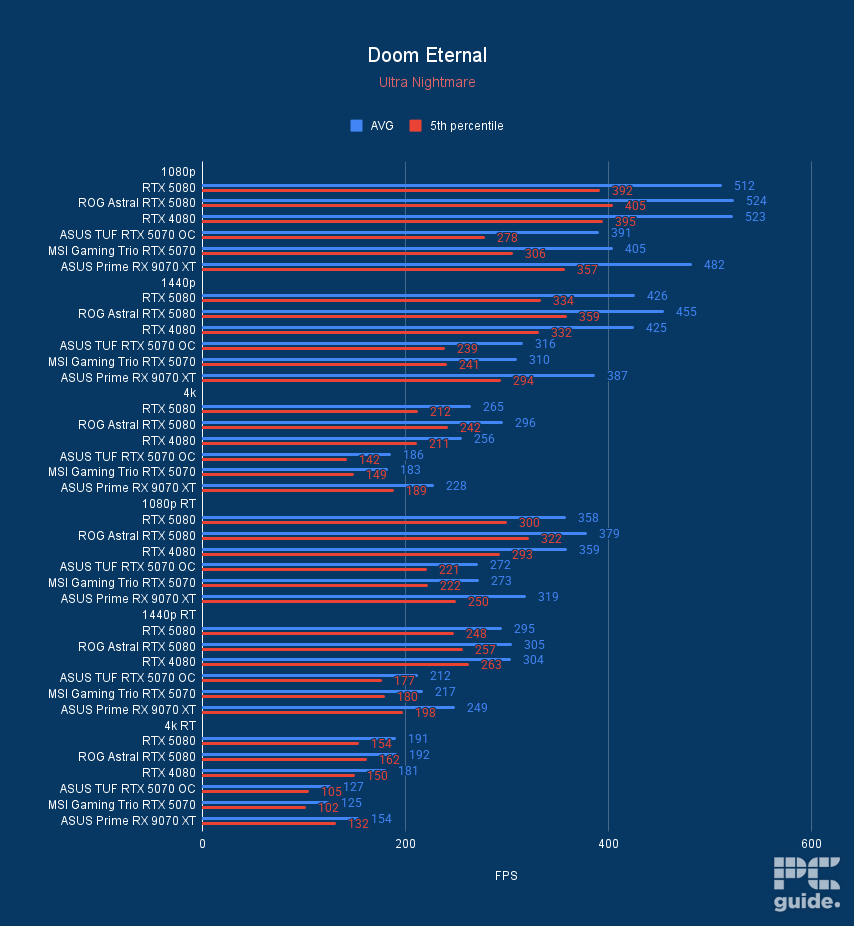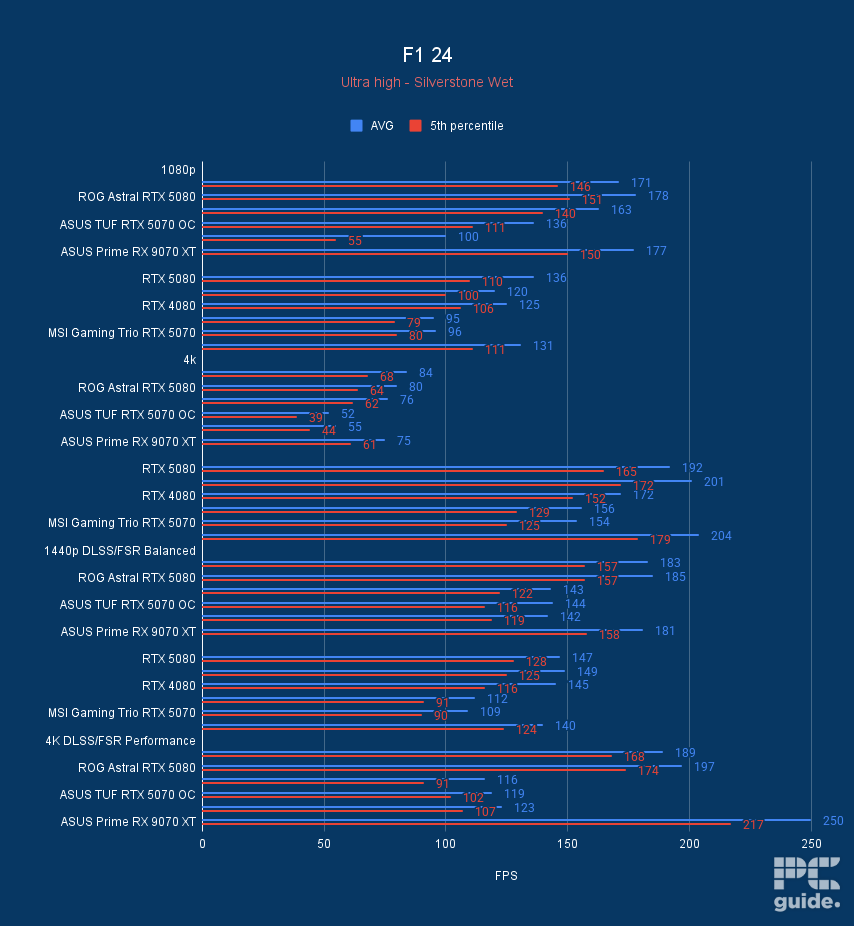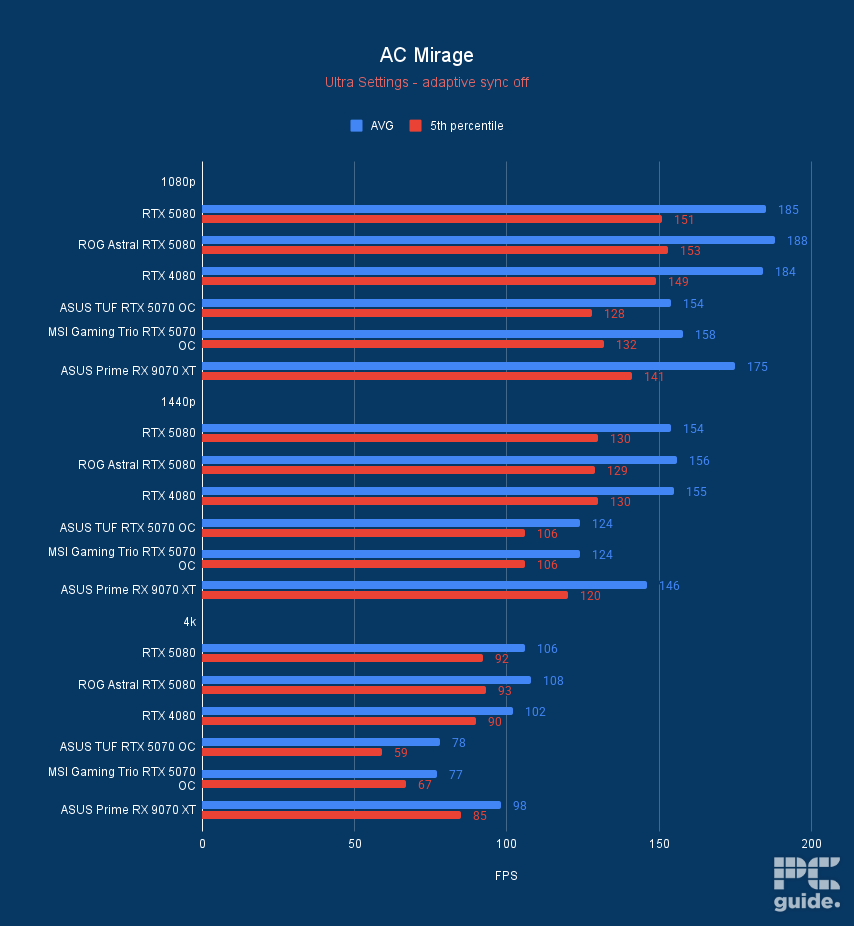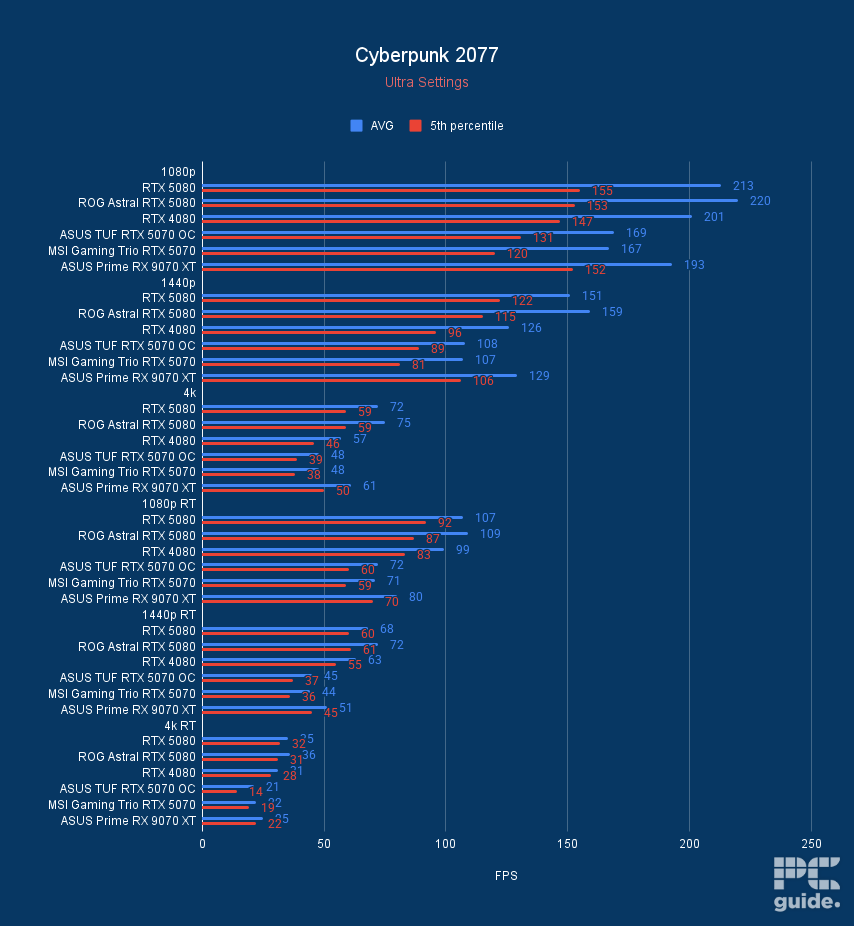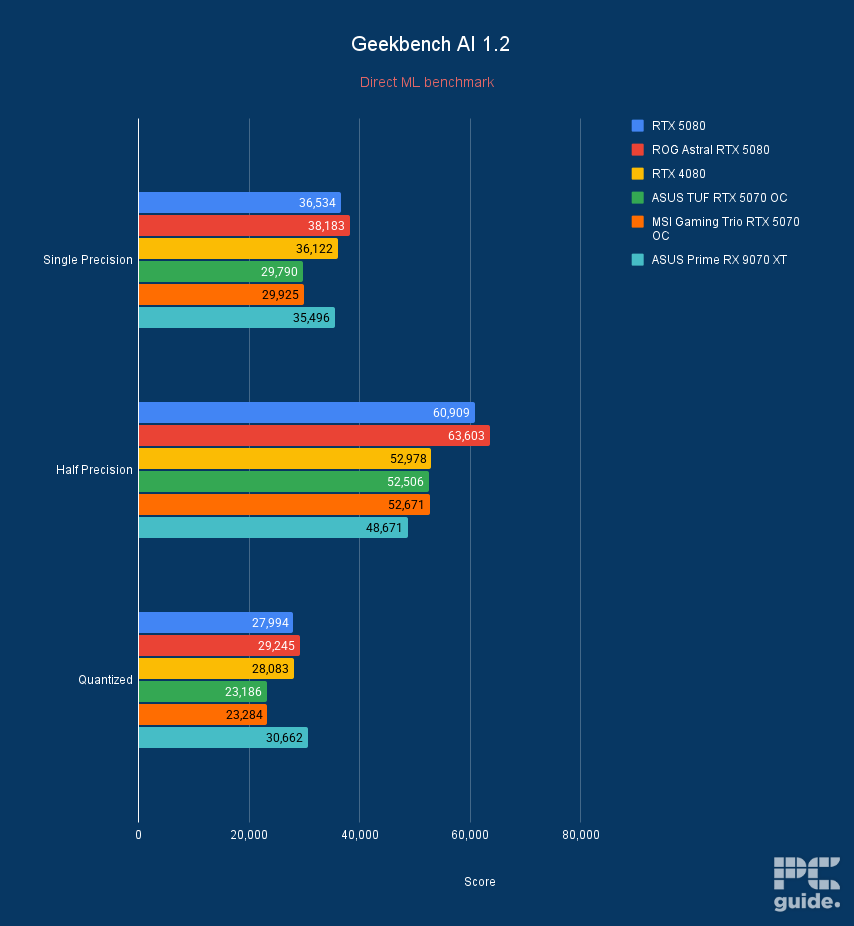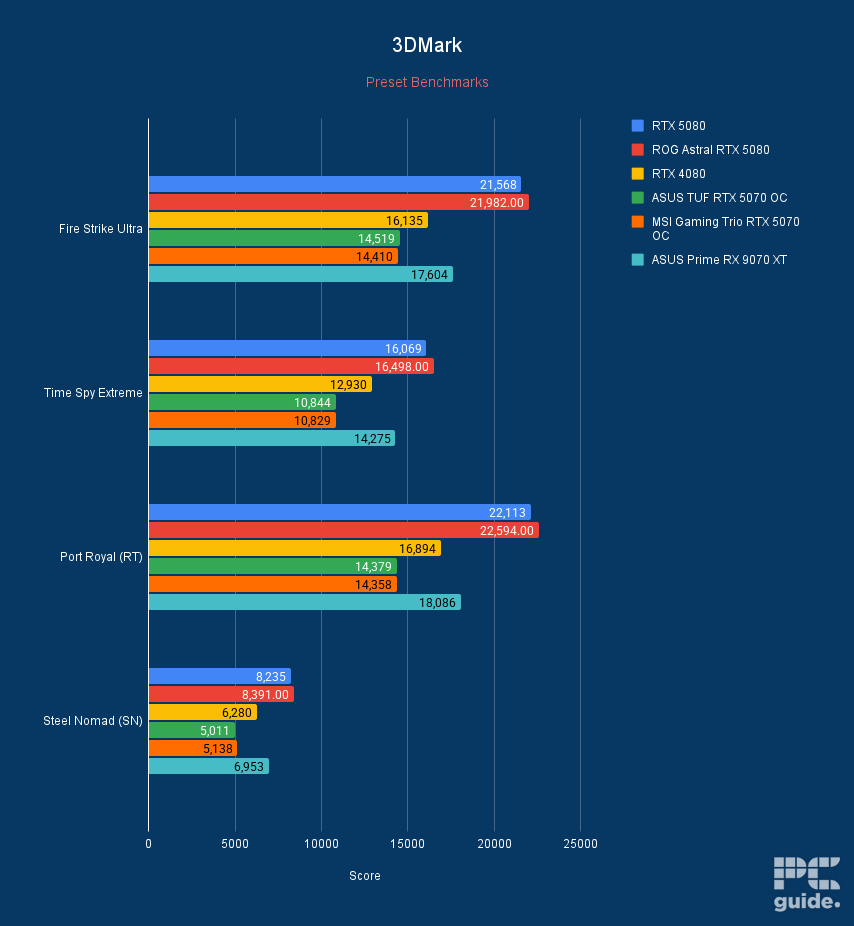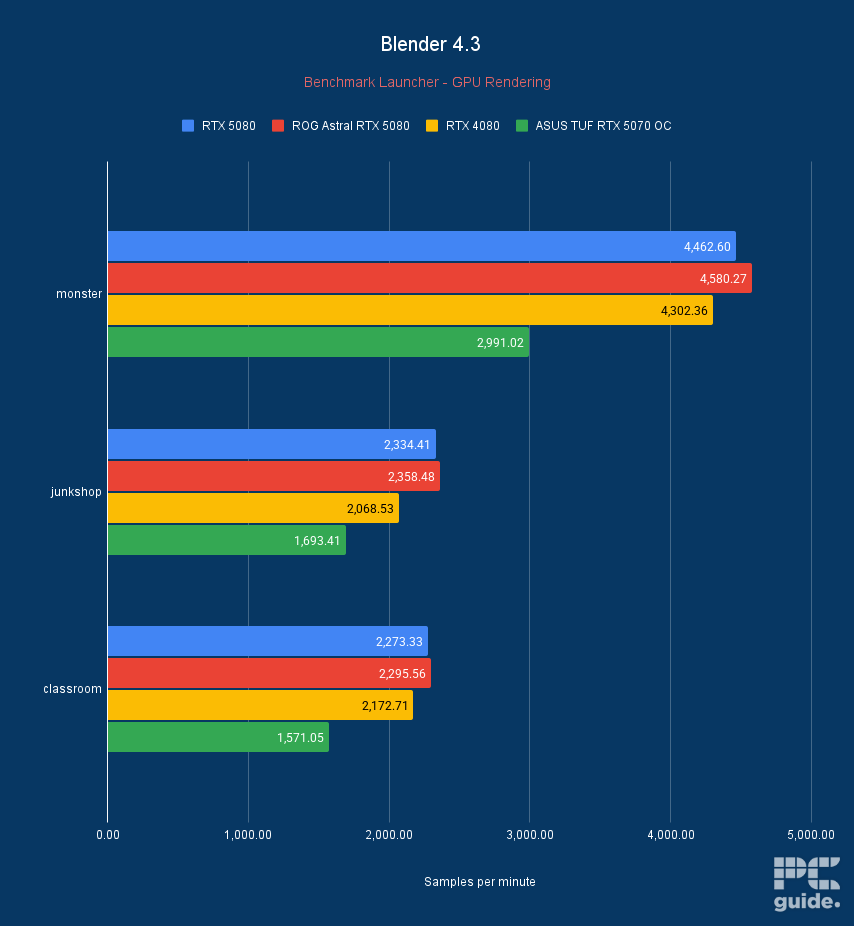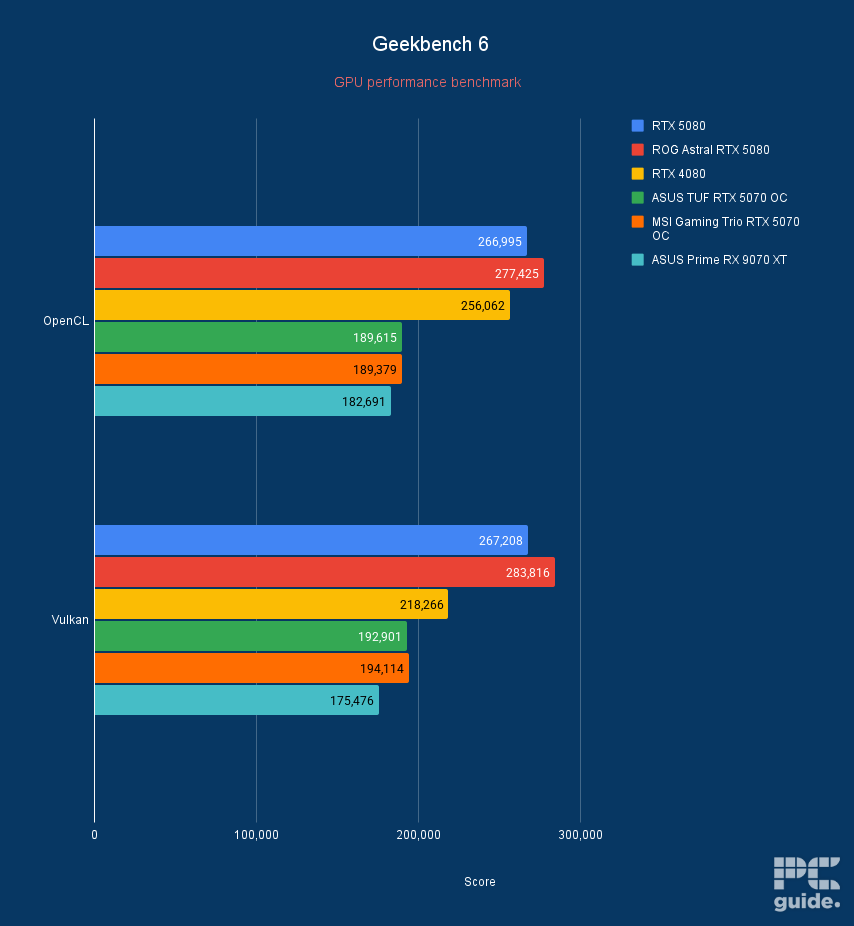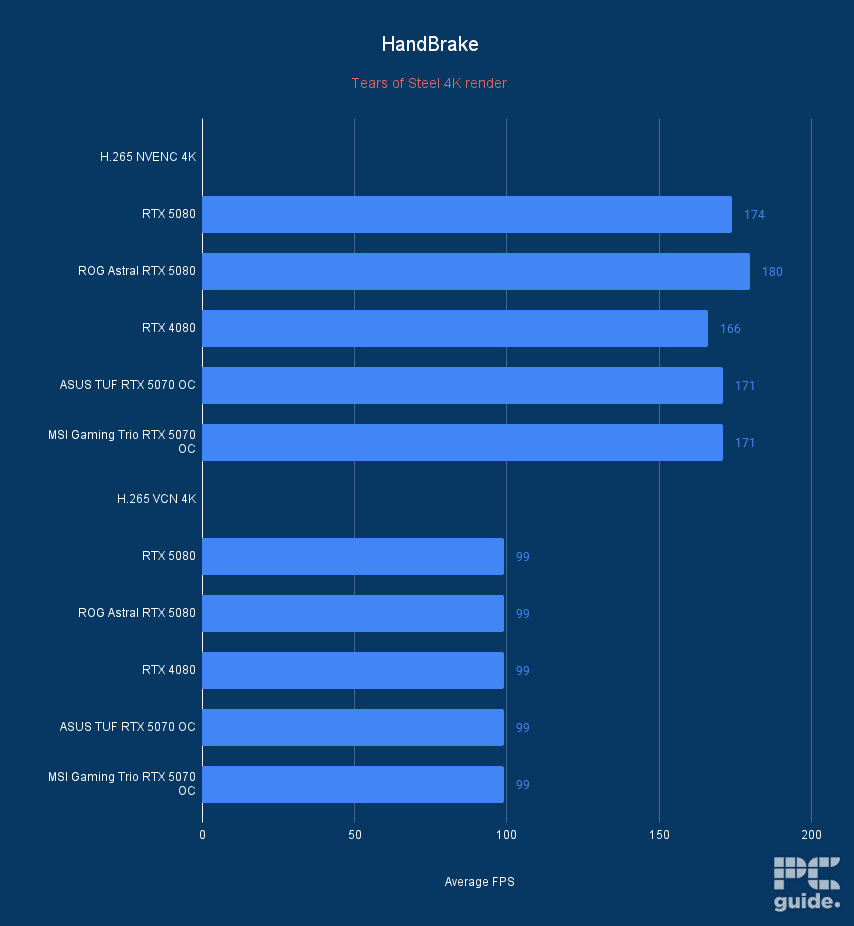MSI Gaming Trio RTX 5070 OC review: cool and collected for a price
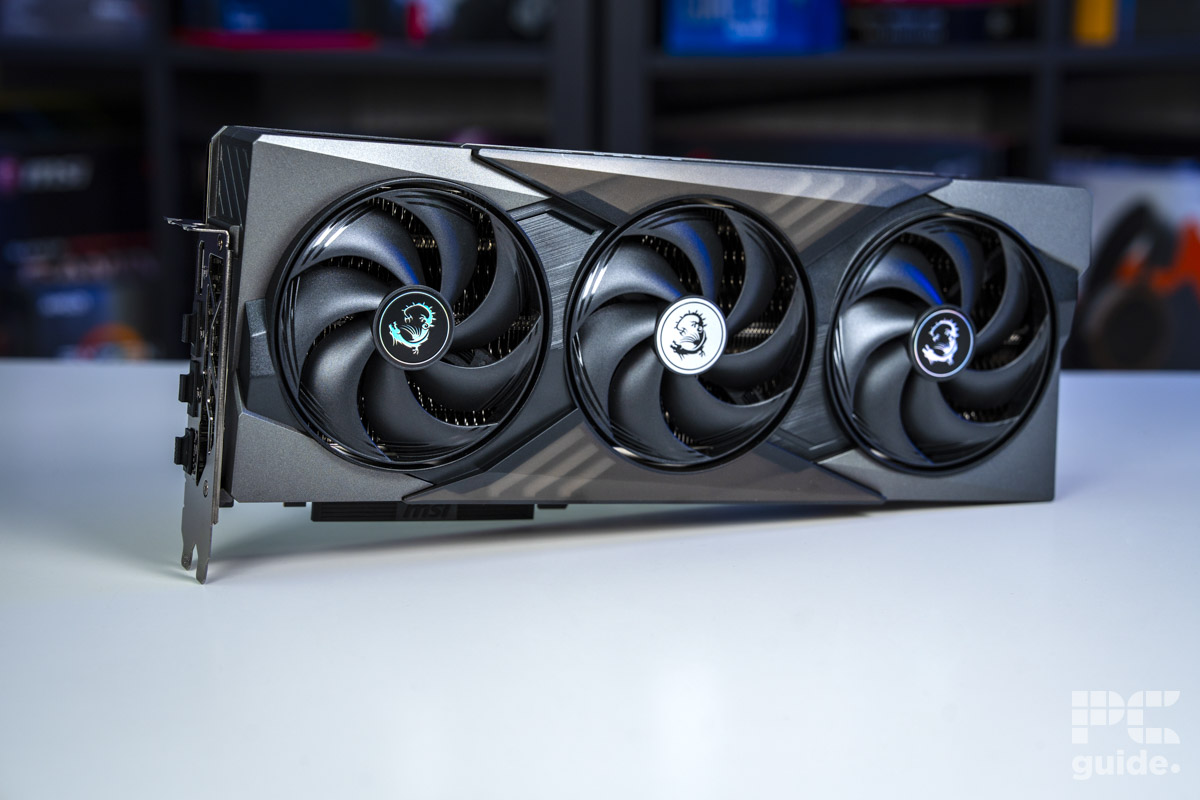
Table of Contents
After much anticipation, we’ve finally got our hands on the MSI Gaming Trio RTX 5070 OC – the latest card in Nvidia’s Blackwell roster. This is the second RTX 5070 we’ve tested since its release date, with the ASUS TUF RTX 5070 going through our benchmark suite earlier last week.
MSI’s latest arrival is the OC edition of its Gaming Trio lineup, offering tuned-up clock speeds and tighter cooling when compared to the base model. But is that enough to warrant this card’s fairly high price point – especially now that AMD has launched its value-oriented RX 9070 XT?
We’ll be putting the card to the test in a variety of different gaming and synthetic benchmarks, concluding with our thoughts on value, design, and overall performance.
- GPU: GB205-300
- CUDA Cores: 6,144
- VRAM: 12GB GDDR7
- Memory bus width: 192-bit
- Base/Boost clock speed: 2,330/2,610MHz
- TBP: 250W
The MSI Gaming Trio RTX 5070 OC brings a high-quality build and design to the table, along with a performance that matches. However, being an overclocked custom model increases the price quite a bit, adding so much to the already rather expensive GPU – putting its value into question (especially with AMD on the heels). You get a great performing card from the pack, as the overclock boosts the ranks and keeps the temperatures down with the effective design.
- Excellent thermal performance keeps temperatures in check
- Sturdy and great looking design
- Inclusion of DLSS 4 and general Blackwell improvements
- Model adds a lot to the MSRP of the RTX 5070
- Still a limited VRAM capacity for the GPU
- AMD’s RDNA 4 hot on its heels takes away the spotlight
Price
Regarding custom cards, the price can vary from the MSRP set by Nvidia, especially for overclocked models. In the case of the MSI Gaming Trio OC RTX 5070, the MSRP is $649.99/£709.99 at the various retailers that showcase its price. Compared to the MSRP of the GPU, that’s a bit higher than the announced retail of $549/£539, increasing the cost by not an insignificant amount – $100 and £170.
That definitely brings down the card’s value quite a bit compared to the rest of the market. It edges closer to the RTX 5070 Ti’s price and leaps ahead of the RX 9070 XT’s MSRP. So, it might be worth considering how it compares to the rest to see which options best suit your needs.
Key specs
| Specifications | RTX 5070 | MSI Gaming Trio RTX 5070 OC |
|---|---|---|
| Cores | 6,144 | 6,144 |
| Base clock speed | 2.33GHz | 2.33GHz |
| Boost clock speed | 2.51GHz | 2.61GHz |
| Memory | 12GB GDDR7 | 12GB GDDR7 |
| Memory interface | 192-bit | 192-bit |
| Memory clock | 28Gbps | 28Gbps |
| Bandwidth | 672.0GB/s | 672.0GB/s |
| TBP | 250W | 250W |
| MSRP | $549 | $649 |
| Release date | March 2025 | March 2025 |
When looking at partner cards compared to Nvidia’s Founder’s Edition, you won’t find much difference regarding specifications. The changes will mostly come in the boost clock, not including the design differences. The MSI Gaming Trio offers a 100MHz boost clock higher than the set speed. A 4% boost to the speeds does give it a theoretical similar uplift by the same amount.
Apart from that, not much sets it apart, as the fundamentals stay the same. The new MSI Gaming Trio OC offers the same cores, memory, and total board power, leaving things reasonably similar to the reference model. This also means you’ll be limited to the 16-pin power connector found in this generation of cards. You might be spared of burning, though at least, with the 250W power rating, it should hopefully keep things in safe territory.

Design
As an RTX 5070, the MSI Gaming Trio offers a slightly thinner card to install, but it doesn’t reasonably shorten it enough. Its dimensions are 338x140x50mm, making it a touch over two slots in thickness and opening up plenty of additional space, not so much in the length. With the three fans in, it spans quite a distance that might mean it’s not the easiest to implement in small form factor builds and interfere with some cases, even with the thermal performance it achieves that I tested later on.
The Gaming Trio’s general build has changed from the previous generation, but it keeps the edgy angles, corners, and shapes sticking out of it. This time, it cuts out any of the silver accents remaining on the 40 series, turning back to the black and darker gray colors that most gaming components tend to opt for, including the RGB.
For the front, three axial fans bring the airflow into the cooling heatsink more effectively. These sit nestled between the front plate, which is weirdly shaped with ridges and mixed materials, mainly a rigid metal plate, but not in the centre. As there is above and below, there is a translucent plastic that diffuses the RGB stripes below it and gives it a less harsh brightness.
On the edge facing the glass panel of your case, there’s plenty of cut away on the material, leaving some support struts for the backplate. Instead you get a full view of the heatsink that spans the whole card and opens it up to allow all that hot air to escape the card, along with an ingressed 16-pin power connector.
The robust and thick backplate provides a great support structure and thermal heatsink. It’s made up of a brushed metal cutting across it diagonally and then a polished finish takes up the other side across the hole at the end. There is a gap that creates an excellent flowthrough for the last fan to improve the cooling capability and sound. That might be hindered, however, by cross bracing and shiny, mirrorlike MSI dragon that covers quite a substantial area of the gap.
Even the ends get some new looks and improvements. As the right end now has an RGB bordered MSI logo to add to the whole color design, with the top right featuring three screw holes added in for any supports that you may want to brace it with. On the IO end you get a standard selection of one HDMI and three DisplayPort, with a few cutouts to allow for more areas for airflow to exit the card.
Performance
Design aside, I put the MSI RTX 5070 through our testing lab to see how it performed. We also pitted it against a range of other GPUs in a similar range, including the ASUS TUF RTX 5070, to see if there are any fundamental differences between them. The ASUS card OC is at 2,640MHz compared to MSI’s 2,610MHz, so there’s just a tiny bit between them.
Test bench components:
- Motherboard: ASUS ProArt X670E-CREATOR WIFI
- CPU: Ryzen 7 9800X3D
- RAM: Corsair Dominator Titanium RGB (64GB, 6600MT/s, CL32)
- CPU Cooler: ROG RYUJIN III 360
- PSU: 1000W Phanteks
- Windows version: 24H2
- Driver: 572.70
Gaming
Let’s start off by checking the gaming performance of the card, putting it up against the rest of the cards to see what framerates you can expect.
You can primarily see MSI’s OC model trade blows with the ASUS TUF RTX 5070 and AMD’s RX 9070 XT, with the card struggling to match Nvidia’s more powerful RTX 4080 and 5080. Of course, there are some scenarios where it is much closer and the small overclock doesn’t make much of a difference, but for the most part, ASUS does go ahead by a small percent.
In Counter Strike 2, there is a 1% lead that diminishes in 4K and higher resolutions as the VRAM solution is more influential than the clock rate. A similar scenario occurs in Cyberpunk as the MSI card is around 1% behind but goes on par in 4k, including with ray tracing, as they go on par later on, but all of that is just one or two FPS really so it’s not a significant change between them.
Doom Eternal exaggerates the difference a lot more with its high framerates. There are two 5070 models that are within 1-3% difference, yet with still relatively high numbers that don’t make too much of a noticeable difference at this point. Assassin’s Creed Mirage has a similar difference as the two cards, with only minor FPS differences.
The same story can be seen with the rest: Horizon Zero Dawn, Indy, and F1. The overclock gives the ASUS an advantage that diminishes at higher resolutions, and they even get on par at times. Most of the time, it can be a test error, but definitely, the ASUS card wins out in most cases, yet the MSI still offers plenty of performance in its build.
Synthetics
I also look over the synthetic and rendering performance of the MSI RTX 5070, giving an overview of its capability in various other scenarios. Once again we see the two 5070 models sit rather close together as the ASUS slightly edges ahead for the most part.
3DMark showcases its rendering capability straight up, and it’s very much neck to neck with less than 1% difference between the two RTX 5070s. There’s not too much difference in Handbrake and encoding video, either. Using NVENC, there are only a few milliseconds between the two’s conclusion.
Blender offers a similar base difference between the cards. The ASUS TUF runs that bit faster, achieving between 0.25 and 1% higher samples per minute in the benchmark.
Lastly, I tested the Geekbench suite with both standard and AI benchmarks to compare the cards. There is under 1% difference between the two 5070 models as the MSI takes the lead in the AI mode, but that could be the case since there was a small driver update between the two tests, and there shouldn’t be a big change between the two.
Thermal
I also put the MSI Gaming Trio OC model through its paces in thermal performance. Loading the card and processor up with Furmark 2 and tracking it with HWInfo to see the performance and the power it takes to do so.

In that 20-minute stress test, you can see it fully loaded and drawing 253W, a tad over the card’s rated total board power. That doesn’t make the card stress out too much, as the temperature doesn’t go above 60°C much at all. The memory junction peaks at 61°C and slowly levels out to the same as the GPU temperature, which in turn levels out at around 60°C.
It has an impressively cool temperature that gives it a long-lasting chance, at the cost of size, considering the three fans that span the length of the card. These put in the work to keep it there as they ramp up to nearly 1,500 RPM and get that air through the heatsink, but without making too much noise to stand out.
Conclusion
- GPU: GB205-300
- CUDA Cores: 6,144
- VRAM: 12GB GDDR7
- Memory bus width: 192-bit
- Base/Boost clock speed: 2,330/2,610MHz
- TBP: 250W
Overall, the MSI RTX 5070 gaming Trio impressed me in the card’s cooling and build. Keeping the board in check with some low temperatures, even though it might be a bit long because of it. However, it does add quite a cost on top of the MSRP, with over $100/£170 on top, which makes it hard to recommend as the general RTX 5070 is a tough sell, especially with the competition coming in. It does bring a good overclock to the table though and can likely be pushed further if you win the silicon lottery and can get to enjoy the features of Blackwell at the lowest level.
